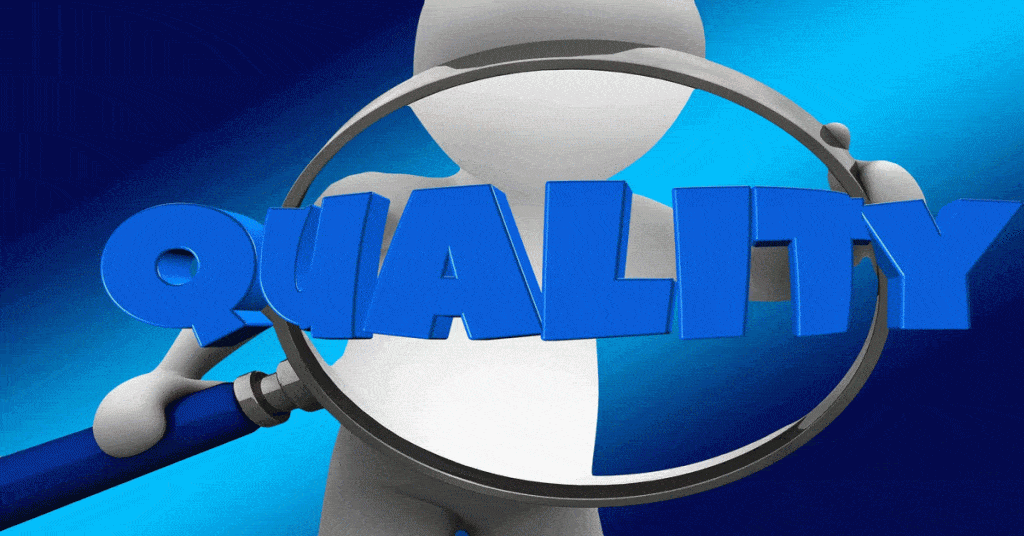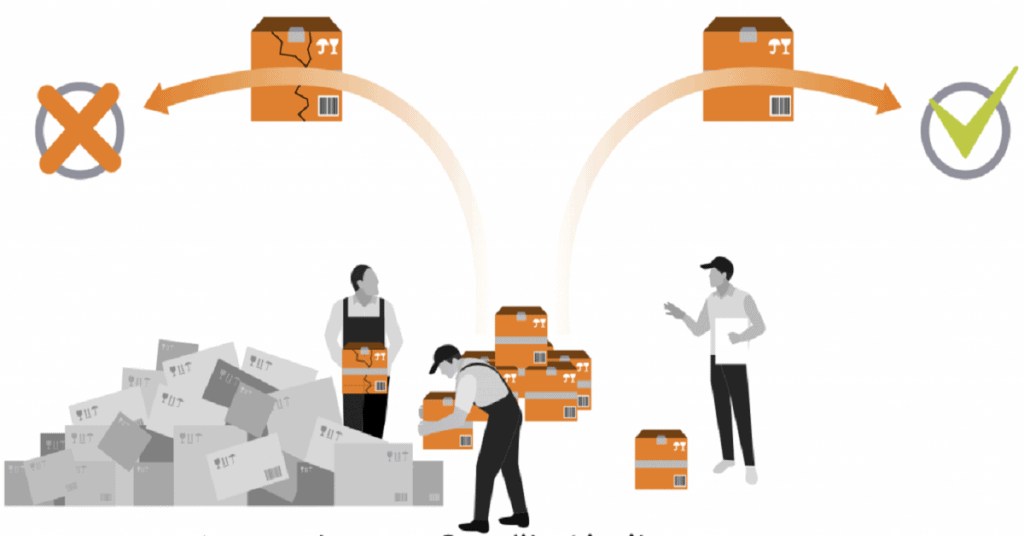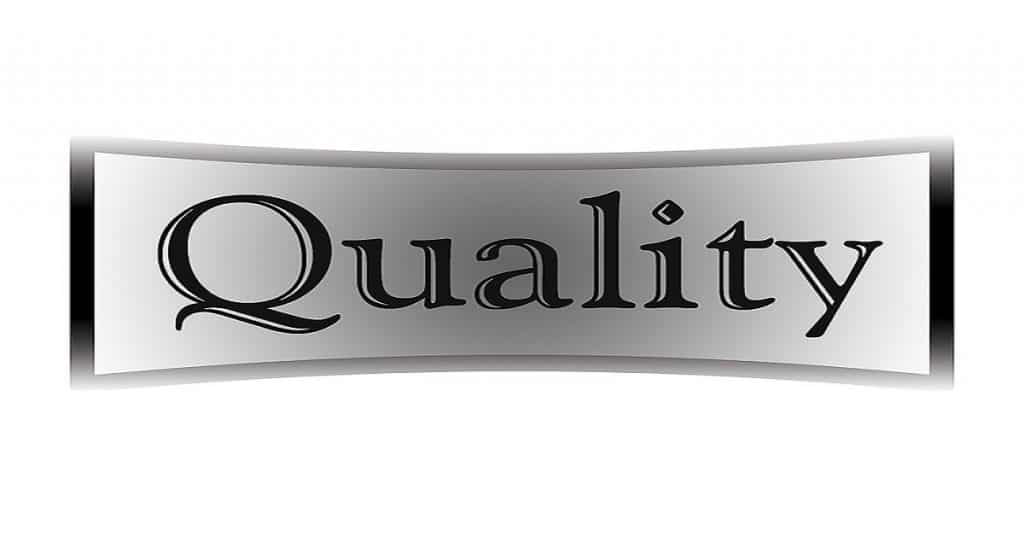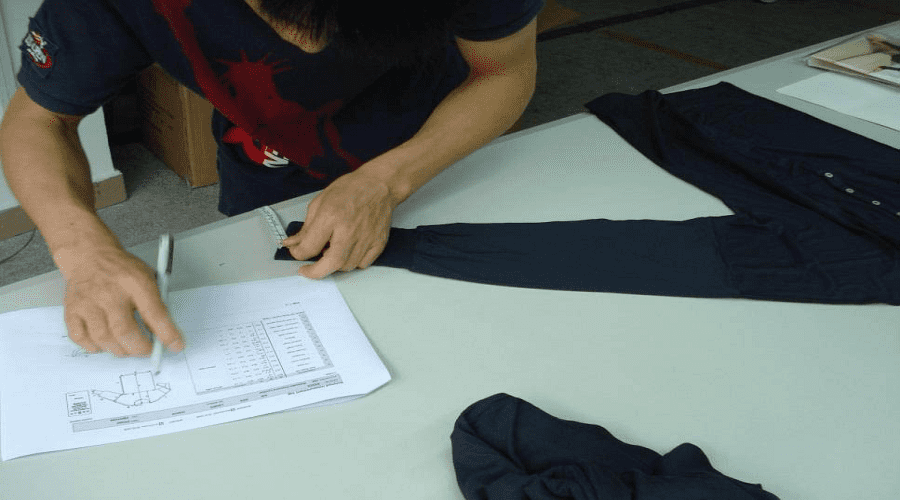
April 29, 2020
Ensuring The Quality Of Your Products During And Post COVID-19
The COVID-19 pandemic is impacting importers and manufacturers all around the world. Factories have had to face multiple shutdowns and
Read More
April 29, 2020
The COVID-19 pandemic is impacting importers and manufacturers all around the world. Factories have had to face multiple shutdowns and
Read More
March 17, 2020
If you’re an importer with a supplier in China. You may be well familiar with the fact that not all
Read More
March 16, 2020
Any business that intends to make a profit has to be extremely particular about the costs it incurs; otherwise, the
Read More
March 6, 2020
One of the worst disasters you can face as an importer is Quality Control Issue; if your products result in
Read More
November 25, 2019
You’ve outsourced to a factory in China or Asia: the costs are low, the workforce is abundant, and the management
Read More
October 23, 2019
The trend of outsourcing production to another country is increasing day by day. Countries in Asia, particularly China, have seen
Read More
October 17, 2019
Updated: 19 November 2021 The Meaning of AQL Literally speaking, AQL standards for Acceptable Quality Limit: this means the worst
Read MoreAugust 19, 2019
It would not be wrong to say that quality is the backbone of any business; without quality products and services,
Read MoreJuly 13, 2019
If you’re an importer located thousands of miles away from your manufacturer, among the plethora of things that might keep
Read MoreJuly 11, 2019
As an importer that resides thousands of miles away from the manufacturing site, your reservations about the quality of products
Read More